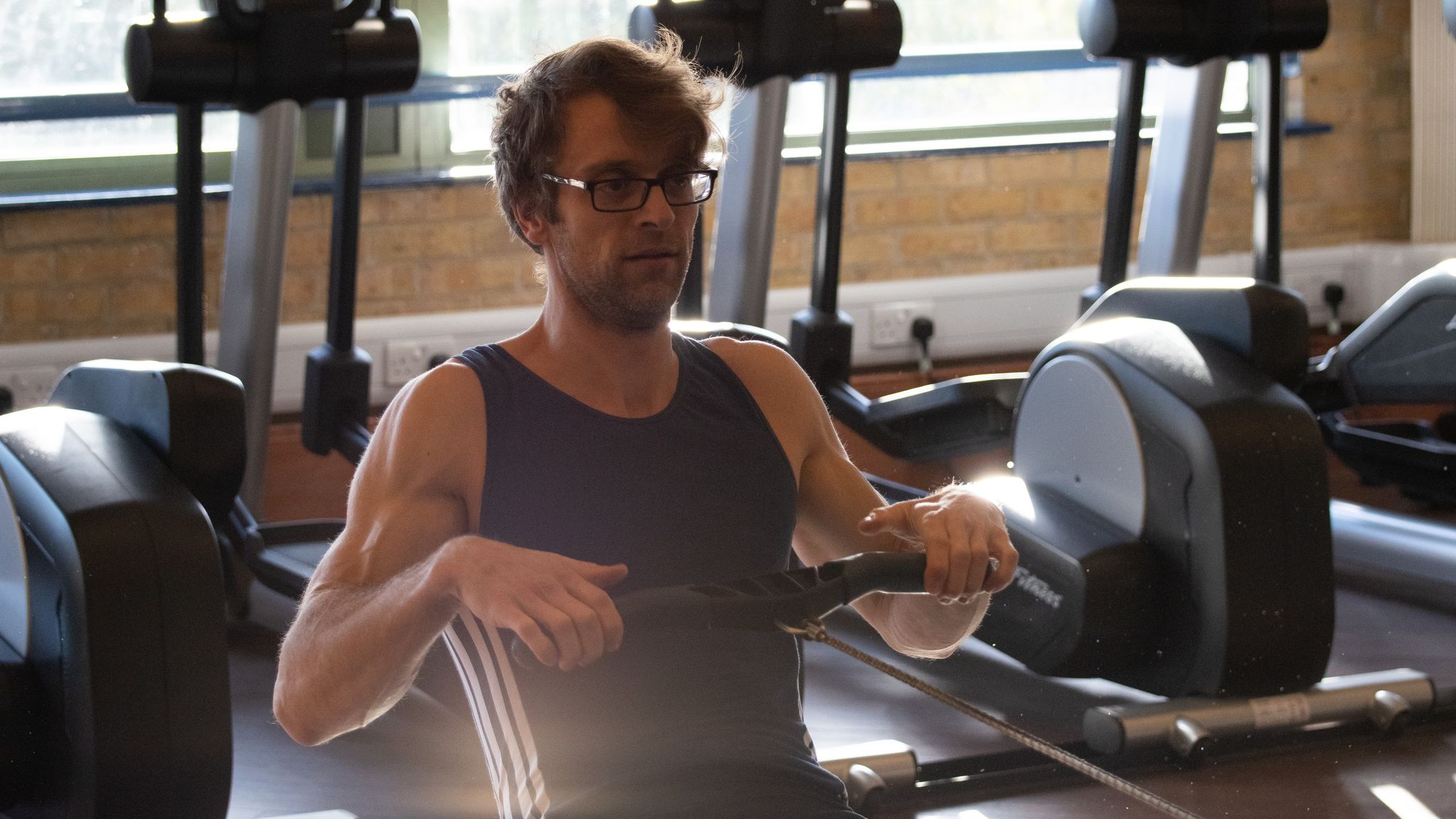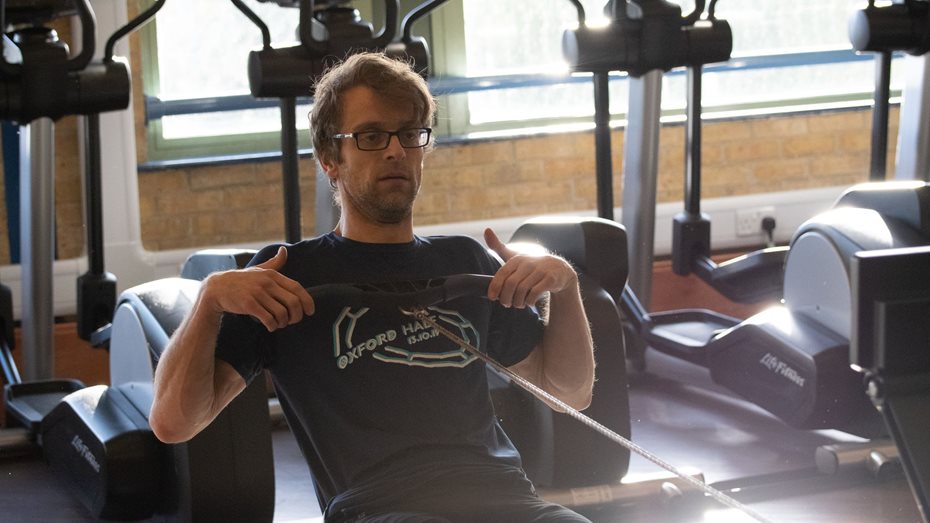One year on, Cardio with Friedreich’s Ataxia

Part 2 of 3
Friedreich’s Ataxia (FA) is a terrifying genetic disease. It frightens individuals and medical experts alike. I have not met a person that is fully informed about its impact, who wasn’t. No expert ever told me; don’t worry, you will be fine. When you delve into the catalogue of symptoms and their medical consequences you should be mortified. FA is severe, mean and fatal; there is no cure, that’s it, your shot has been called. Part of the normal progression of the condition is the need for a wheelchair, a fate I hope to delay, followed by further loss of abilities. The final trick FA has planned for you is heart failure. It is quite bizarre that I already ‘know’ how I am going to die (most likely) – so I have been told. The medical reason for this is in a defect called cardiomyopathy - or heart-muscle-failure in a loose translation to English. This defect is a common part of FA, I’ve got it, we all got it, it shows up regularly on my annual cardiological check-ups. Or does it?
I don’t hold back on what I believe in, I never did, I guess I always have been quite difficult. Well, a saying is that it has never been the obedient people that changed the world but dealing with this is certainly nothing I had planned to do. Three, four years ago I got told by a heart specialist, a consultant at the John Radcliffe Hospital in Oxford, that this heart defect is also noticeable in my heartbeat. Due to the damage of the left ventricular, he advised me to not exercise at the level I told him I intended to. It should come to no surprise that I did not follow his advice. The problem identified to my heart meant I had to train the heart's ability to perform. Strengthen the cardiovascular system. After all, the heart is a muscle and muscles can be trained.
In order to do this effectively, long training sessions are needed. Long sessions of moderate intensity, this can be regulated via a heart monitor, which I strongly recommend. Do not exceed your target heartrate, stay in control and adjust your performance accordingly. Cardiomyopathy is a serious concern and cannot be taken lightly. I started to mix these sessions into my routine, mostly on a rowing machine. Long sessions of 40 minutes up to more than an hour at a heartrate of 145 -160 bpm. Training like this makes you break into sweat - a lot of sweat. I felt reminded of my childhood where puddles appeared under the rowing machine, merging with the puddles my friends created under theirs. Sport is disgusting, certainly it is not for everyone. It took a while for this form of exercise to come into effect, but the benefit became noticeable.

After two years of consistent and repeated sweating, the irregularity became barely noticeable. At the last check-up, I was told by a different consultant (they vary every year), that, unless he would not know that I had FA in the first place, he would not notice anything out of the ordinary, he really needed to look for it. The previous apparent defect became non-concerning. Whatever I was doing, it clearly worked. From a medical point of view, my decision to ignore advice in the first place may seem risky but we have to remember that research into the effects of exercise on a rare disease such as FA is limited, any medic and institution needs to protect itself from eventual fatal consequences of their advice. I do not blame any consultant for doing the best to his knowledge, we are human. What else could he do but advice from what he knew, advice taken from what is written in a medical textbook. Maybe it is time to review what is known about complex rare diseases such as FA, put more funding into the effects of excessive exercise and update what is written about it.
FA is a complex condition that affects the affected differently. What works for one may not work for the other. Severity is different too, some are hit hard early on, some have a much slower progression altogether. Symptoms also vary, not all of us suffer the same limitations. In fact, there are so many symptoms, so many side effects associated with it, I don’t know whether I can list them. What came to my attention when I did daily long rowing sessions on the rowing machine for a considerable period of time (ten weeks to be precise), was that intense cardio training had additional benefits. Long sessions increase your resistance to fatigue, I did not know that this relates to FA directly. Your muscular system is getting used to a continuous strain of demand that it has no other option but getting used to it (completing the sessions of course).
This resistance directly opposes FA. As part of the condition you fatigue more, you fatigue faster. Cardio sessions not only strengthen your heart but also make you more resistant against this impact of FA. These sessions are so important, I recommend that we Ataxians factor those in, especially as there seems to be even more positives associated with them. For a while I noticed that my speech, predominantly under stress, started to become increasingly difficult the more I spoke. There is this moment when talking flips from ‘automatic’ to ‘manual’ (not literally). Articulating words is no longer something that is natural. I create them but don’t seem to be able to get them out. At this moment the lungs must help, speaking becomes active, creating words by brute force. The more powerful the lungs become - the more volume they get; the more stamina I have available to talk. Since then, I watch fellow Ataxians as they talk, we all do it. At first, nothing out of the ordinary and then, at the switching point, breathing and speaking becomes un-mistakenly ataxic.
Want to learn more?
You can follow Georg along on his battle to fight FA on his Instagram.
